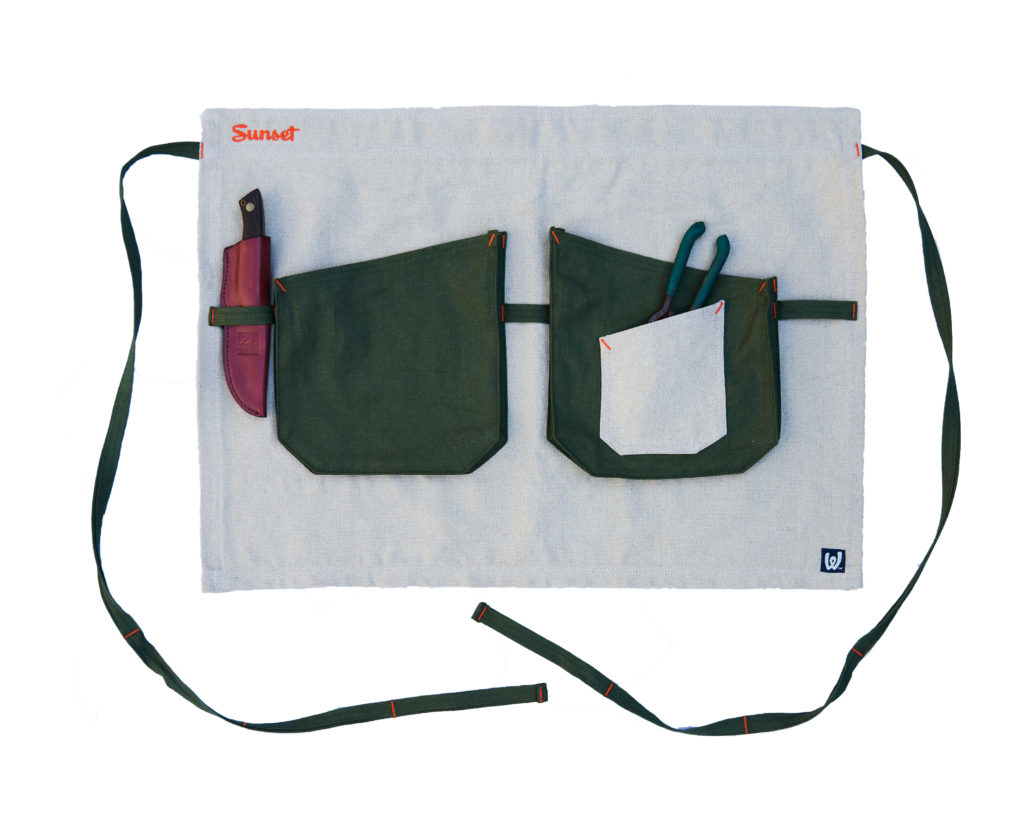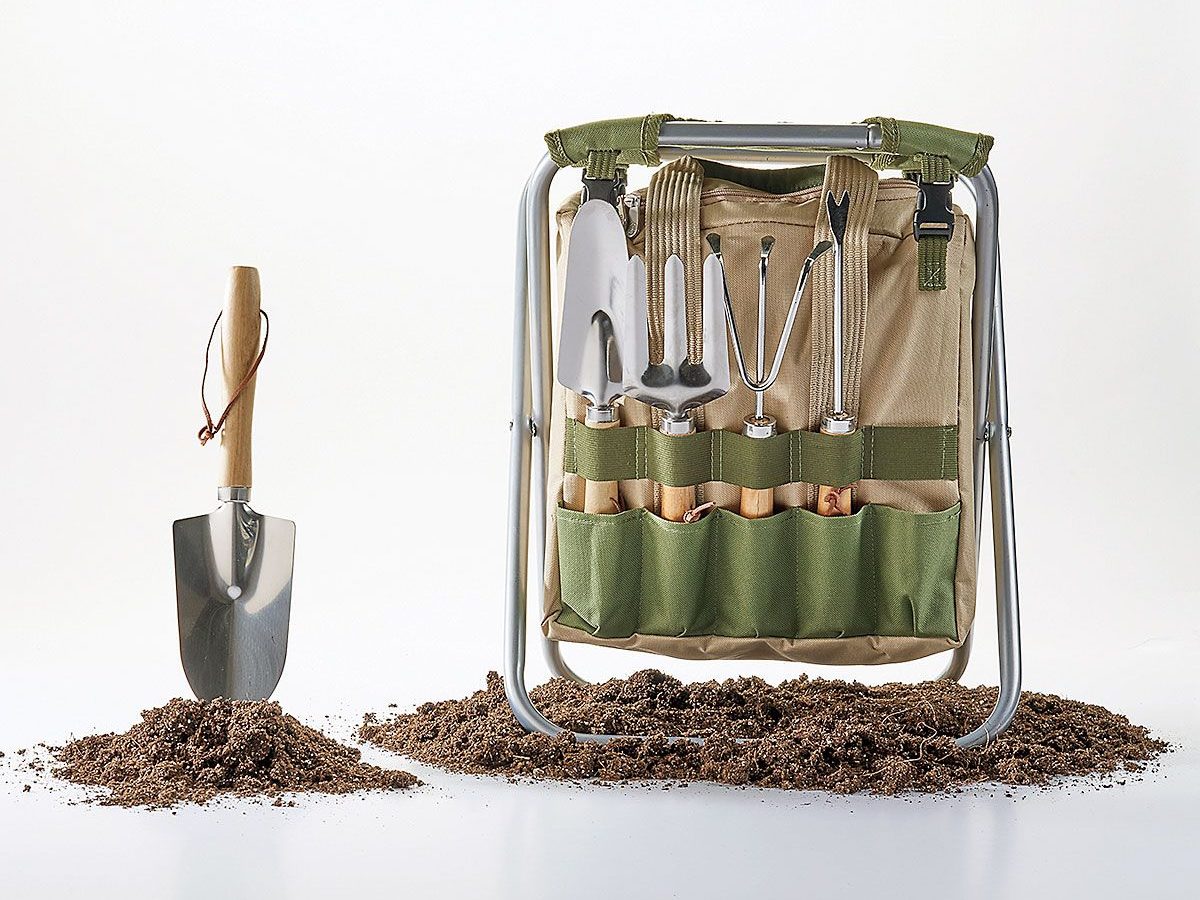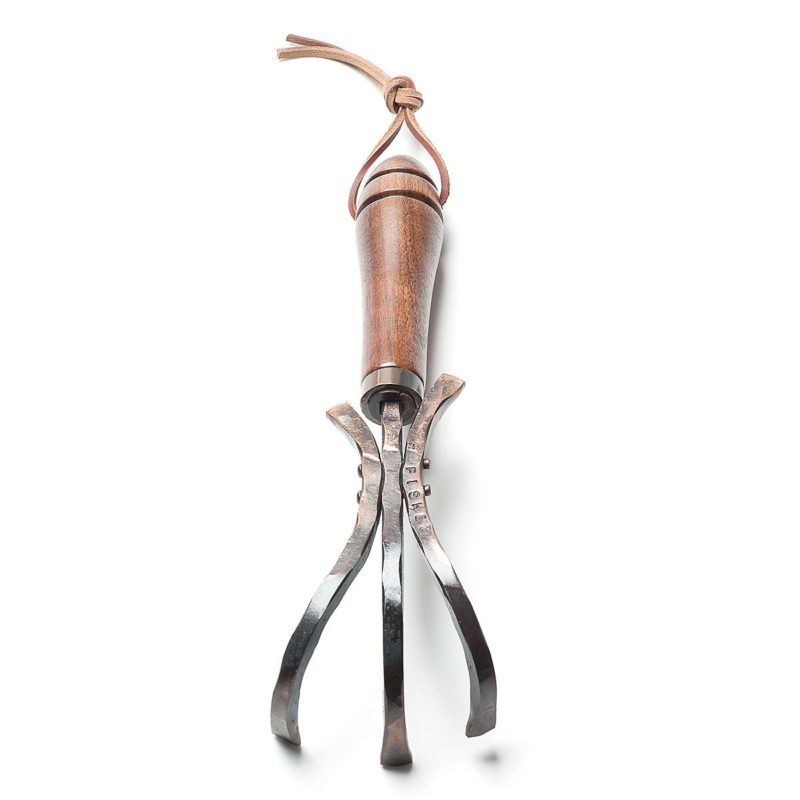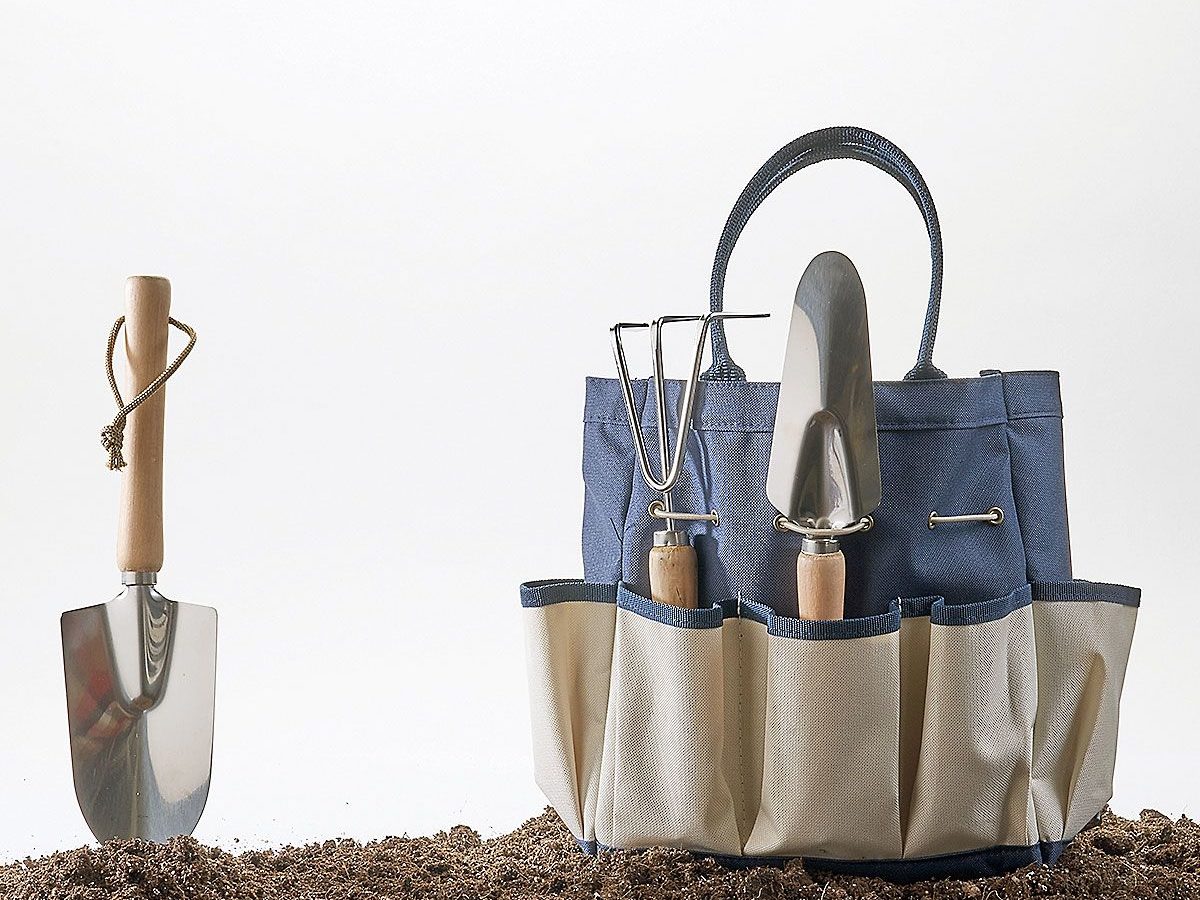
Seedling Care: Transplanting, Thinning, and Preventing Disease
Step-by-step instructions and helpful tips to help your tender seedlings thrive.
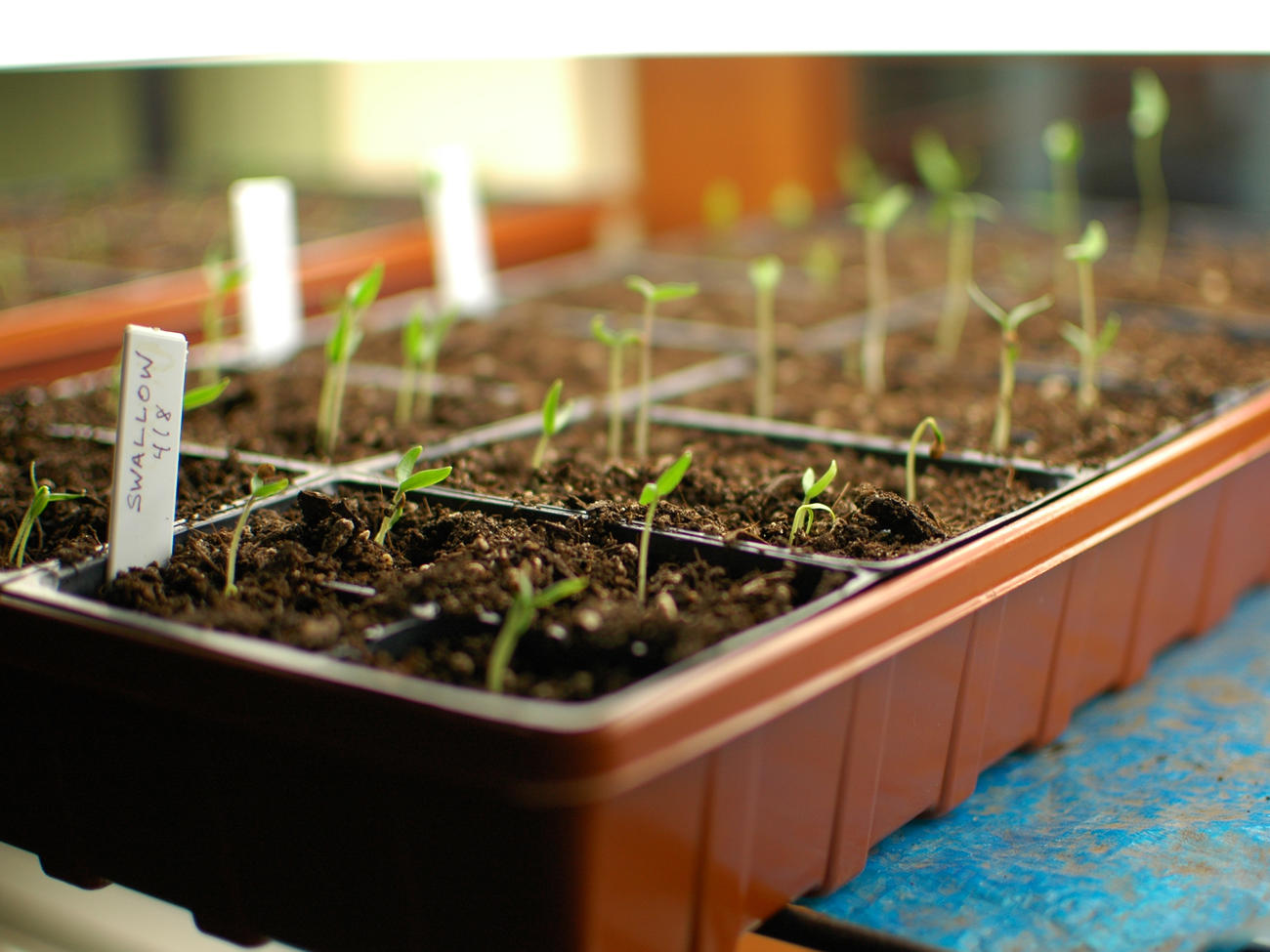
When the seedlings have developed their second set of true leaves, it’s time to transplant or thin them. If you don’t need many plants, you can thin them in place: just pinch or snip off the excess seedlings, leaving the remaining ones spaced about 2 inches apart. Seedlings in individual pots or cells should be thinned to one plant per pot or cell. If you want to save most of the plants that have germinated, you’ll need to transplant them to larger containers for growth to planting-out size. It’s best to use individual pots or cell-packs for this purpose so that seedlings won’t suffer much root disturbance when planted out in the garden.
To transplant seedlings, fill each new container with a moist planting mix. Loosen the soil around the seedlings (a kitchen fork or spoon is handy for this); then carefully lift them out, one at a time. Or lift a clump of seedlings and gently separate individual plants by carefully teasing apart the tangled mass of roots. Handle seedlings by their leaves to avoid damaging the tender stems. Poke a hole in the new container’s planting mix, place the seedling in the hole, and firm soil around it. Water the transplant right away. Keep the containers out of direct sunlight for a few days to let the transplants recover from the move.
About 10 days before the seedlings are ready to plant outside, harden them off so they can withstand bright sun and cooler temperatures. Stop fertilizing them, and set them outdoors for several hours each day in a wind-sheltered spot that receives filtered light. A cold frame is useful for hardening off seedlings. Over the next week or so, gradually increase exposure until the plants are in full sun all day (shade lovers are an exception; they shouldn’t be exposed to day-long sun). Then set them out in the garden as illustrated in Planting annual and perennial seedlings.
